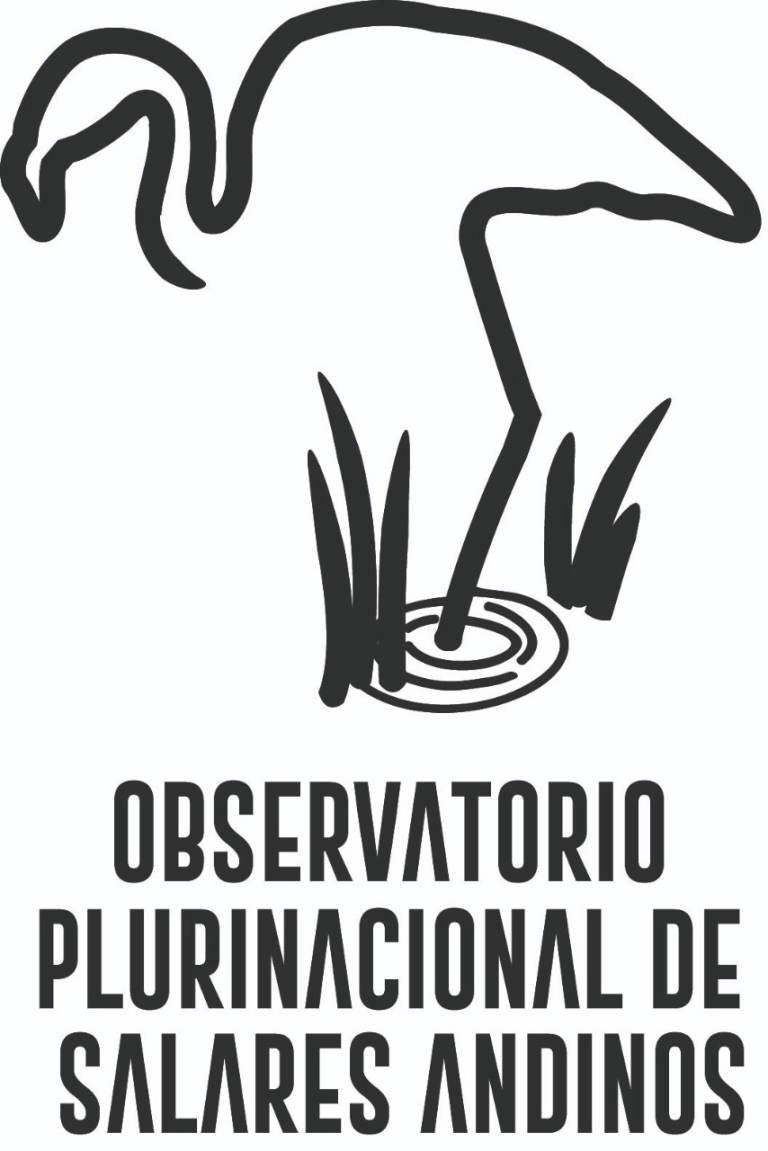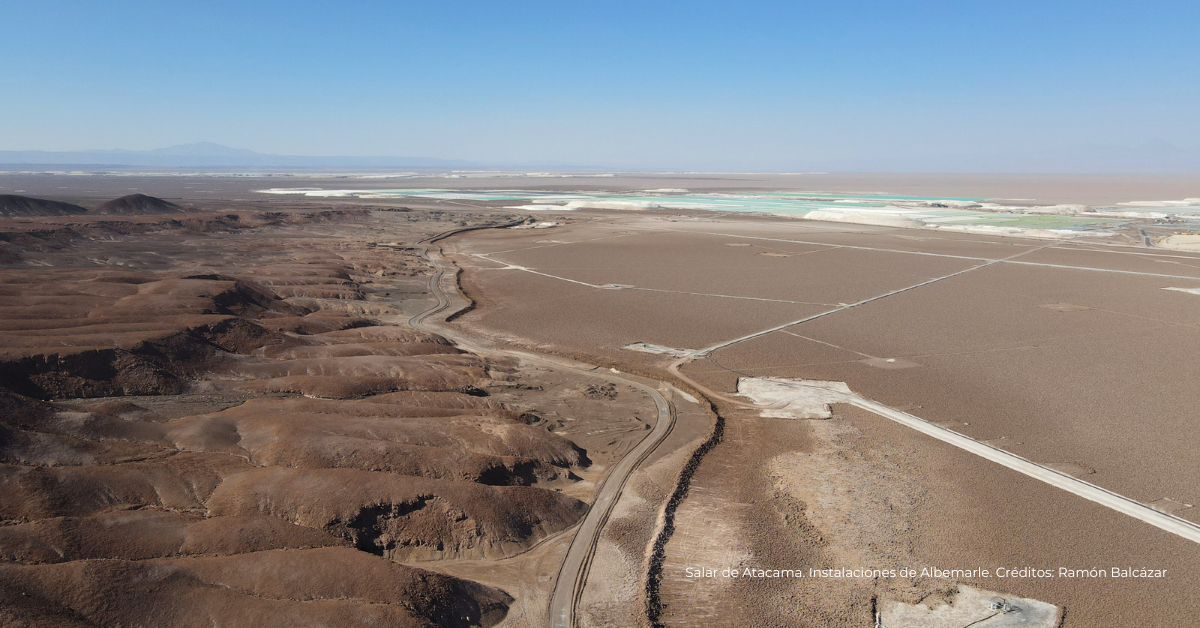Within the framework of the National Lithium Strategy, the Chilean Government has concluded the process of receiving expressions of interest for the development of lithium exploration and exploitation projects in 26 new salt flats and Andean wetlands in Chilean territory. Through this process, in which proposals were received from more than 50 companies and consortiums from 10 different countries, the necessary information will be obtained to identify the salt flats where the State will begin the process of granting Special Contracts.
The Minister of Finance Mario Marcel made the announcement at the Seventeenth Conference of Latin American Cities in Santiago, Chile, organized by the Council of the Americas, where he said that «we must highlight the response to this call from the Government and the Ministry of Mining for expressions of interest in the lithium industry. We are talking about 88 proposals, from 54 different companies, from 10 different countries, which indicates a very broad interest in investing in this industry, may it be understood how the process is formulated and that, with this step, on completing this stage, we will be able to open a bidding process with all the legal and procedural requirements so that these investments can materialize». Now, the background evaluation stage begins to define the priority zones for the execution of projects and the mechanisms for the assignment of Special Lithium Operation Contracts (CEOL), with a prior consultation for Indigenous Peoples «in case of susceptibility of affectation», according to the official statement published on the official site of the Ministry of Finance.
In a document published on the website of the Ministry of Mining, the information obtained from the recently concluded process will allow determining identification of the salt flats (high altitude aquatic ecosystems) on which the State will begin the process for the granting of Special Lithium Operating Contracts (CEOL), «prioritizing those deposits in which interest has been expressed». This shows that the criteria for establishing the high Andean wetlands to be exploited place the market above the environment (see OPSAL article) and do not take into account the opinion of the communities that inhabit these territories. For Isabel Godoy, member of the Colla National Council and member of OPSAL, this process «has been carried out in the most convenient way for the companies and for the State, because each government wants to fulfill its program and, to do so, it will resort to anything; even if it has to destroy the (Andean) wetlands, it will do so.
Concern from local communities and the scientific and environmental world
In April of this year, more than 140 academics and environmental advocates sent a letter to the government requesting that scientific criteria be considered in determining which salt flats will be included in the strategy. Ingrid Garcés, PhD in Science and academic of the Department of Chemical Engineering at the Universidad de Antofagasta, and also a member of OPSAL, told Interferencia that «scientific studies of the salt flats, which are considered extremely fragile ecosystems, are lacking. These are needed before taking any steps on this issue». This is of particular concern, considering that the government’s plan is to launch new lithium extraction projects by 2025. In the words of the Finance Minister, «we are not going to initiate our production in 10 to 15 more years, we are going to initiate it next year. And we are going to obtain a combination of public-private ‘adventures’, along with projects that are entirely private, in a multitude of salt flats».
According to Godoy, «it is clear that there is no intervention without damage. Therefore, the more salt flats that are added to the intervention, the greater the damage. When they announced that only 30% of the salt flats will be protected, and we learned the number of salt flats that were going to be affected, we were devastated, because they are going to intervene, for example, with Laguna Verde, which is a natural wonder, which is full of life, which has been occupied ancestrally by our people, which has a spiritual connotation. This place is going to be destroyed, as is the Maricunga salt flat».
To this day, lithium extraction in Chile is carried out only in the Salar de Atacama. This place, with unique landscapes and visited every year by tourists from different parts of the world, has more than 90 percent of the total amount of this mineral in the national territory. Lithium mining drains underground aquifers, extracting large quantities of fresh and salt water, irreversibly damaging Andean ecosystems and harming the rural and indigenous communities that ancestrally inhabit the territory. According to a report by researchers Ingrid Garcés and Gabriel Álvarez, the deadly industry uses approximately 2,000 litres per second of brine (water with salt), or more than 170 million litres of water per day. «To produce one ton of lithium, 2 million litres of water evaporate, that is 2,000 tons of water that cannot be recirculated,» said Garcés in an interview by Terram (see here).
The ecological impacts are severe, as about 80% of the species found in these wetlands are native, and the region is critical for migratory birds. Mining also puts at risk agricultural and grazing practices in indigenous communities belonging to the Lickanantay, Quechua, Aymara and Colla peoples, who depend on the scarce water commons available in the region. In an article published by Radio UChile, the co-coordinator of OPSAL, Ramón Balcázar, states that, «This is happening at a very particular moment, when there is intense pressure to expand mining; where the government, on the one hand, receives these declarations of interest, publishes this kind of international tender, but, on the other hand, does not have the institutional framework to exercise the necessary protection. There are things that have no material backing within the declarations that have been made by the authorities» (see here).
The Ministry of Mining will use the information obtained to define the CEOL allocation mechanisms for the prioritized salt flats to be exploited. The detailed results of the call for expression of interest (RFI) process will be released on Tuesday, July 9.
References:
https://elpais.com/chile/2024-06-18/chile-saca-musculo-en-mercado-privado-del-litio.html
https://tools.investchile.gob.cl/en/request-for-information-lithium

